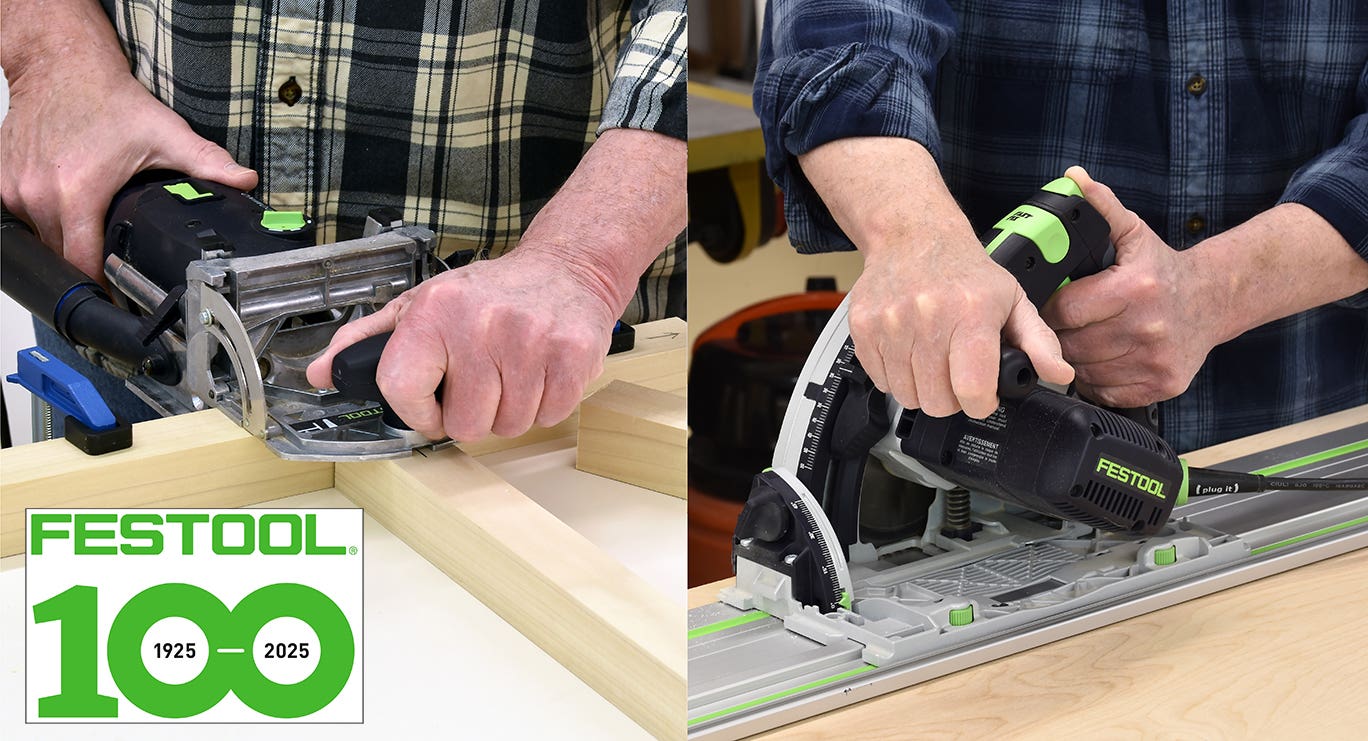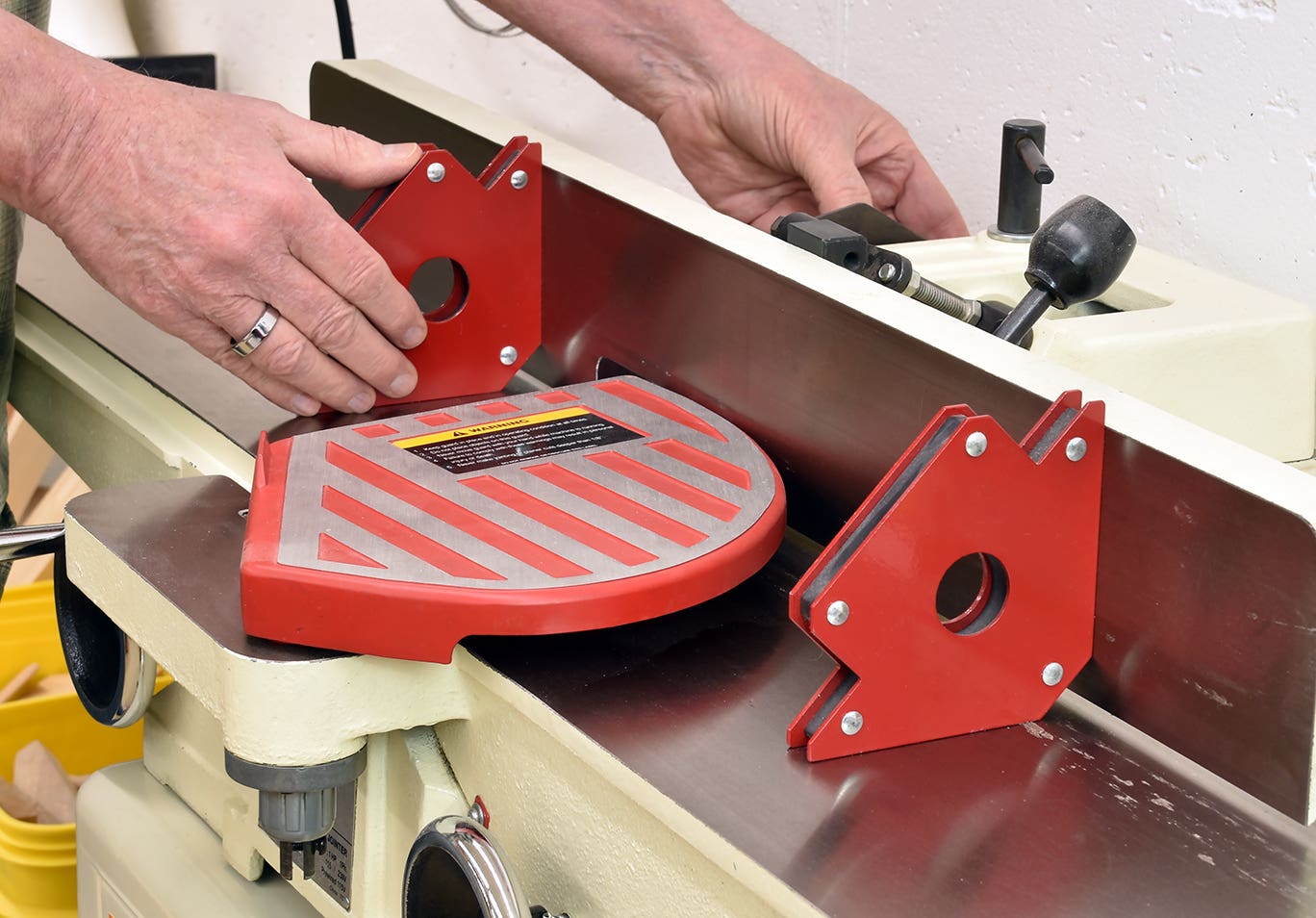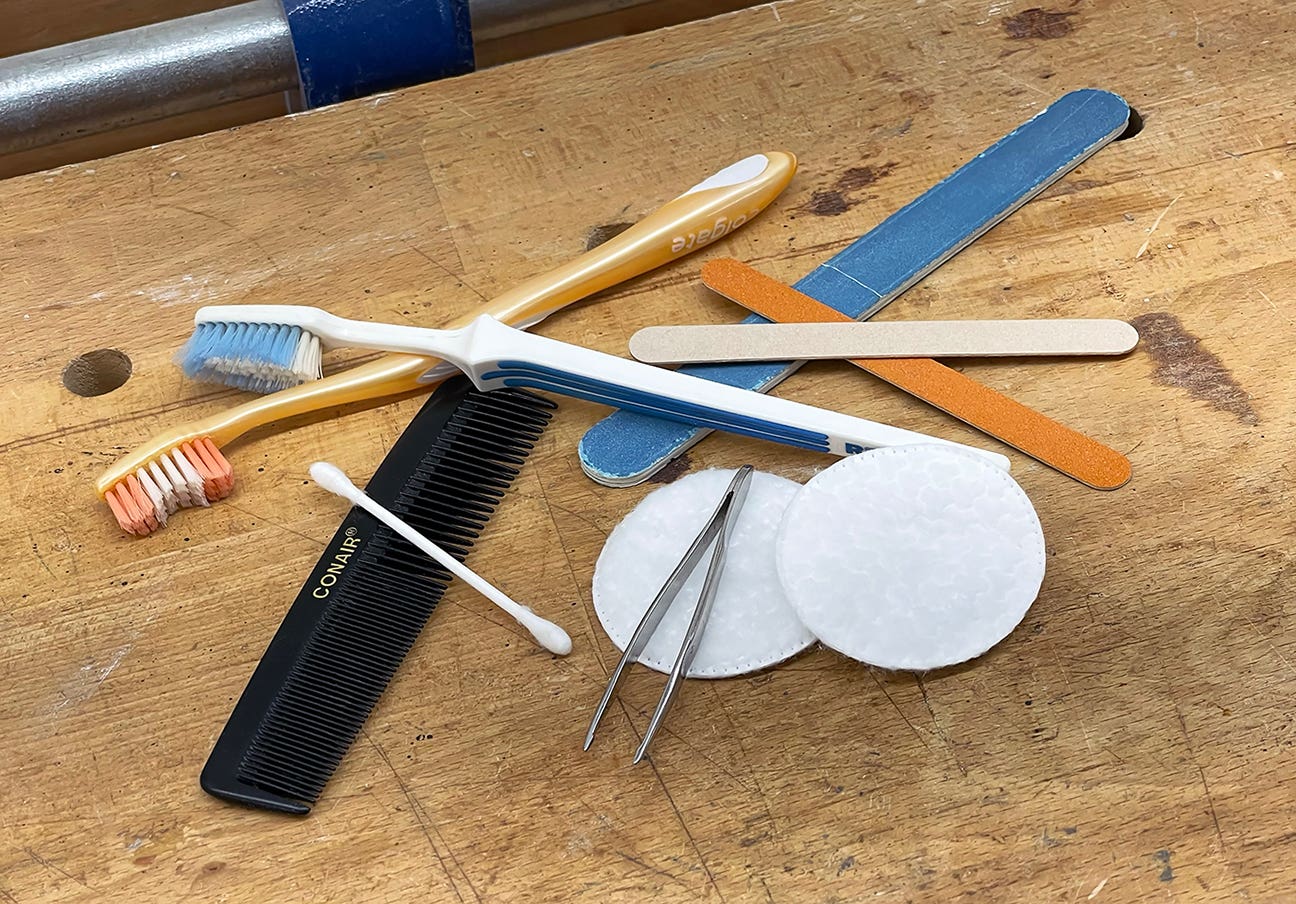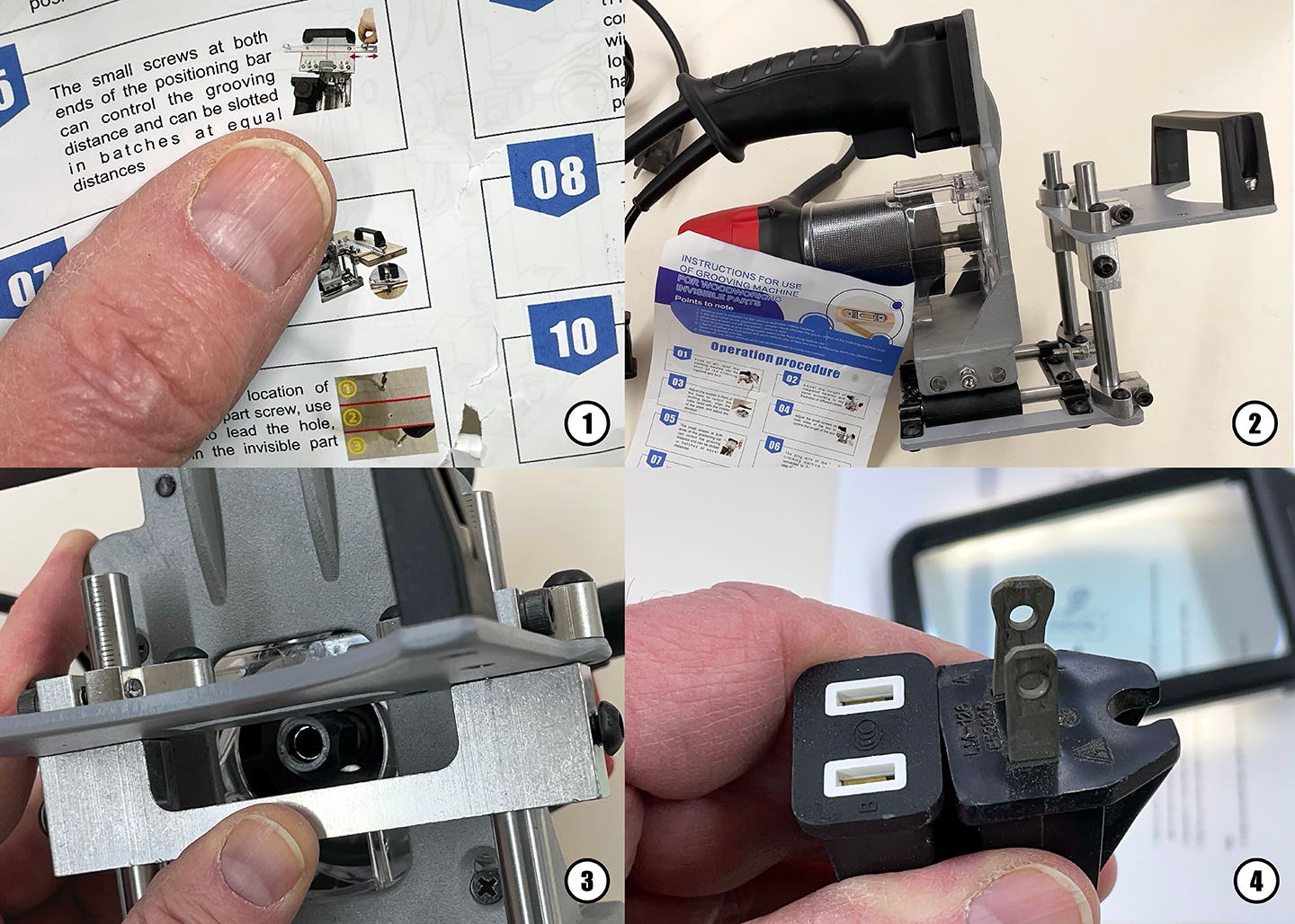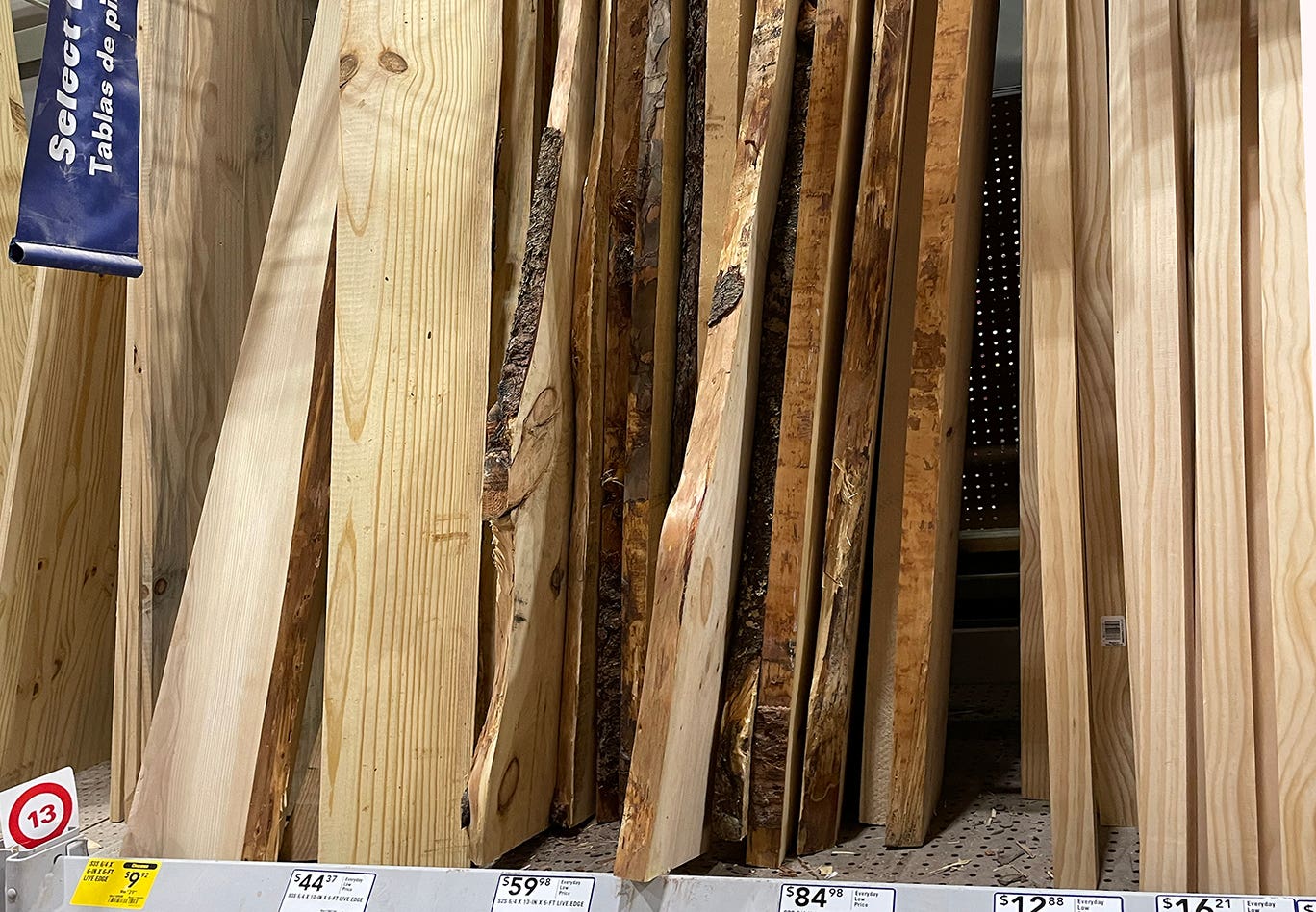As you are surely aware, solvents are under attack because most cause pollution. Actually, all do, but some much less so than others, so they are classified as “exempt” solvents. Only these exempt solvents are available to the consumer market in some parts of the country. An example of an exempt solvent is acetone.
I don’t live in a restricted area, so I can still buy and use all the solvents discussed in this article. And I’m glad I can, because I love solvents for the versatility they provide in finishing.
Most solvents also smell bad and can make you feel light-headed if you breathe them for too long a time. So, you should always arrange for good ventilation, meaning air movement in and out of the area you’re working in, not just opening a window, and wear personal protection gear.
Petroleum distillates
Probably the most common solvent you see listed on cans of finishing products is petroleum distillate, which is a distillation from petroleum. The most common petroleum distillate is mineral spirits, which is also known as paint thinner.
Mineral spirits has replaced turpentine, which is a distillate of pine tree sap, for most applications in finishing. Mineral spirits is less expensive and has less odor than turpentine. A few painters still prefer turpentine for thinning varnish and oil-based paints because they like the feel it gives to the material while brushing.
Benzene, toluene, xylene, naphtha, kerosene, mineral oil, paraffin wax, and the major part of gasoline are also distillations of petroleum. Taken as a group the solvents in this list are also known as hydrocarbons because they are made up entirely of the elements hydrogen and carbon.
How it’s produced
To produce petroleum distillates, crude oil petroleum is heated until gases form. The gases are drawn off and allowed to cool back into liquid form. As the petroleum is heated to higher temperatures, the gases that are cooled form different products.
For example, at relatively low temperatures heptane and octane are distilled to be made into gasoline. At higher temperatures naphtha, usually sold as Varnish Maker’s and Painter’s (VM&P) Naphtha, is derived. This is followed by mineral spirits and then kerosene.
Mineral oil (also called paraffin oil) is distilled at even higher temperatures, and paraffin wax (used to seal jelly jars) at still higher temperatures.
Petroleum fractions
Each distillation is called a petroleum fraction. The relationship between the fractions is important because it helps you understand these solvents so you know when to use each.
The lower the fraction – that is, the lower the temperature required to form a gas, the faster evaporating, more flammable, and less oily the solvent. Gasoline evaporates faster, is more flammable, and less oily than naphtha. Naphtha evaporates faster, is more flammable, and less oily than mineral spirits, etc. All fractions of petroleum can be mixed together.
Gasoline is a very dangerous solvent to use in finishing because it is so flammable. You sometimes see gasoline recommended in old books for cleaning, but this is because it was more widely available at the time than alternative petroleum-distillate solvents. You should avoid using gasoline in finishing.
Naphtha is much safer to use when you want a solvent that evaporates relatively fast or is non-oily. Naphtha is effective for cleaning and degreasing, and for thinning products such as glaze or pore filler when you want the thinner to flash off quickly.
Use mineral spirits when you want a slower-evaporating solvent and you don’t mind the oiliness. Mineral spirits is good for thinning oils and varnishes.
Kerosene is not used much in finishing because it evaporates much too slowly, and it is very oily.
Most furniture polishes are made from fractions of petroleum distillate in the range between mineral spirits and kerosene. The manufacturer chooses the fraction that will evaporate at the desired rate. The petroleum smell is, of course, removed and replaced with a lemon or other more pleasant scent.
Benzene, toluene, and xylene
Benzene, toluene, and xylene are the strong and smelly parts of naphtha and mineral spirits. Refineries can remove these parts with chemicals and further distillation. What’s left is odorless mineral spirits.
Benzene (also called benzol) was once used as a thinner and paint stripper, and you still see it recommended now and then for these purposes in old books. But benzene is carcinogenic and was removed from the consumer market in the early 1970s. Mineral spirits and naphtha contain only a trace of benzene.
Benzene is often confused with benzine, which is another name for naphtha.
Toluene (also called toluol) is used as a diluting solvent in lacquer thinner. Xylene (also called xylol) evaporates more slowly than toluene. Both solvents are often included in solvent-based paint strippers, and xylene is sometimes used as a thinner in catalyzed (conversion) varnish.
Both toluene and xylene are very dry – that is, they are not oily. So, both solvents can be used for removing oil and grease. But because both solvents are relatively toxic, it’s usually better to use naphtha for cleaning.
Two very interesting uses for toluene and xylene are to remove latex paint spatter and to break down white and yellow glue.
Both toluene and xylene break down latex paint. But neither damages any common finish except wax and water-based finish unless left in contact for an extended period. Thus, both solvents can be used to remove latex paint spatter from all furniture and cabinet finishes except wax and water-based finish without damaging the finish. You may have to rub a little with a solvent-dampened cloth to get all the spatter off.
Toluene and xylene can also be used to remove glue that has seeped from joints or been deposited on the wood by your fingers. As with paint spatter, you’ll need to scrub a little and maybe use a toothbrush or other soft brush to get into pores.
Though it takes a little effort, you can also use toluene and xylene to aid in breaking apart edge-to-edge joints glued with white or yellow glue. Xylene works better because it evaporates slower. Squirt some of the solvent into a crack in the joint using a small syringe. Keep the joint wet with additional solvent and pry at the joint with a screwdriver or similar tool. Mortise-and-tenon, dovetail and dowelled joints are usually too difficult to get into for this technique to work.
Bob Flexner is author of “Understanding Wood Finishing” and “Flexner on Finishing.”
This article originally appeared in the January 2019 issue.



